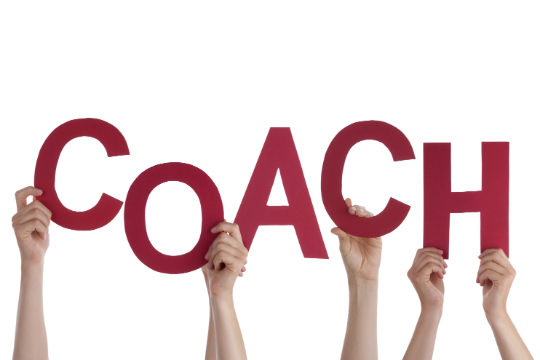Tim Hawkes of Unlimited Potential gives us the next model in his compelling and exhaustive series.
Here’s one that came to my attention recently. It can be found in its original form in the book ‘The Extraordinary Coach: How the Best Leaders Help Others Grow’ by John H Zenger and Kathleen Stinnet.
This is the FUEL model, and the four steps are:
Frame: Frame the conversation. Essentially, this means setting the context and parameters of the conversation that is to follow. Agree with your client what the purpose of the conversation is; what the desired outcomes of the conversation might be and the process by which you will proceed.
Understand: Understand the current state. Explore what the client sees as their current reality. See things from the client’s point of view, and then offer them some perspectives in order to open up how they might perceive things. In doing this, you are more likely to uncover the real coaching issue which might otherwise have been masked by more obvious drives or desires.
Explore: Explore the desired state. Have your client describe their ultimate destination; the place they want to reach with your help. Explore and investigate alternative means and methods by which the client might be able to reach this goal, then prioritise the methods which you both agree will bring about a successful conclusion.
Lay: Lay out a success plan. At this stage it is suggested that you lay down a firm timescale and action plan to which you can hold the client accountable. Milestones can also be set at this stage. The more clearly defined the actions and the timescale for them, the easier it will be for the client to accept that they must make the steps themselves. Set milestones in such a way that there is never anything that constitutes too big a step.
I feel that this model will work best when applied by an experienced coach and with a savvy or ambitious client. There is a great deal of wiggle room in how the coach defines the framing of the conversation for example. A less experienced coach might find themselves drawn into offering suggestions and losing sight of the need to merely reflect the client and to maintain the flow through open questioning.
If the approach appeals to you, then you can read a much fuller explanation of the techniques in the book cited above.
Tim Hawkes is managing director of Unlimited Potential
Tim Hawkes of Unlimited Potential gives us the next model in his compelling and exhaustive series.
Here’s one that came to my attention recently. It can be found in its original form in the book 'The Extraordinary Coach: How the Best Leaders Help Others Grow' by John H Zenger and Kathleen Stinnet.
This is the FUEL model, and the four steps are:
Frame: Frame the conversation. Essentially, this means setting the context and parameters of the conversation that is to follow. Agree with your client what the purpose of the conversation is; what the desired outcomes of the conversation might be and the process by which you will proceed.
Understand: Understand the current state. Explore what the client sees as their current reality. See things from the client’s point of view, and then offer them some perspectives in order to open up how they might perceive things. In doing this, you are more likely to uncover the real coaching issue which might otherwise have been masked by more obvious drives or desires.
Explore: Explore the desired state. Have your client describe their ultimate destination; the place they want to reach with your help. Explore and investigate alternative means and methods by which the client might be able to reach this goal, then prioritise the methods which you both agree will bring about a successful conclusion.
Lay: Lay out a success plan. At this stage it is suggested that you lay down a firm timescale and action plan to which you can hold the client accountable. Milestones can also be set at this stage. The more clearly defined the actions and the timescale for them, the easier it will be for the client to accept that they must make the steps themselves. Set milestones in such a way that there is never anything that constitutes too big a step.
I feel that this model will work best when applied by an experienced coach and with a savvy or ambitious client. There is a great deal of wiggle room in how the coach defines the framing of the conversation for example. A less experienced coach might find themselves drawn into offering suggestions and losing sight of the need to merely reflect the client and to maintain the flow through open questioning.
If the approach appeals to you, then you can read a much fuller explanation of the techniques in the book cited above.
Tim Hawkes is managing director of Unlimited Potential






